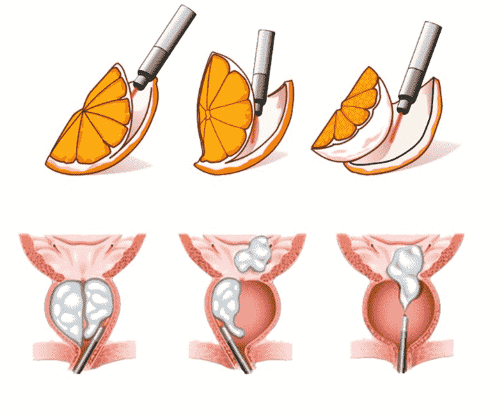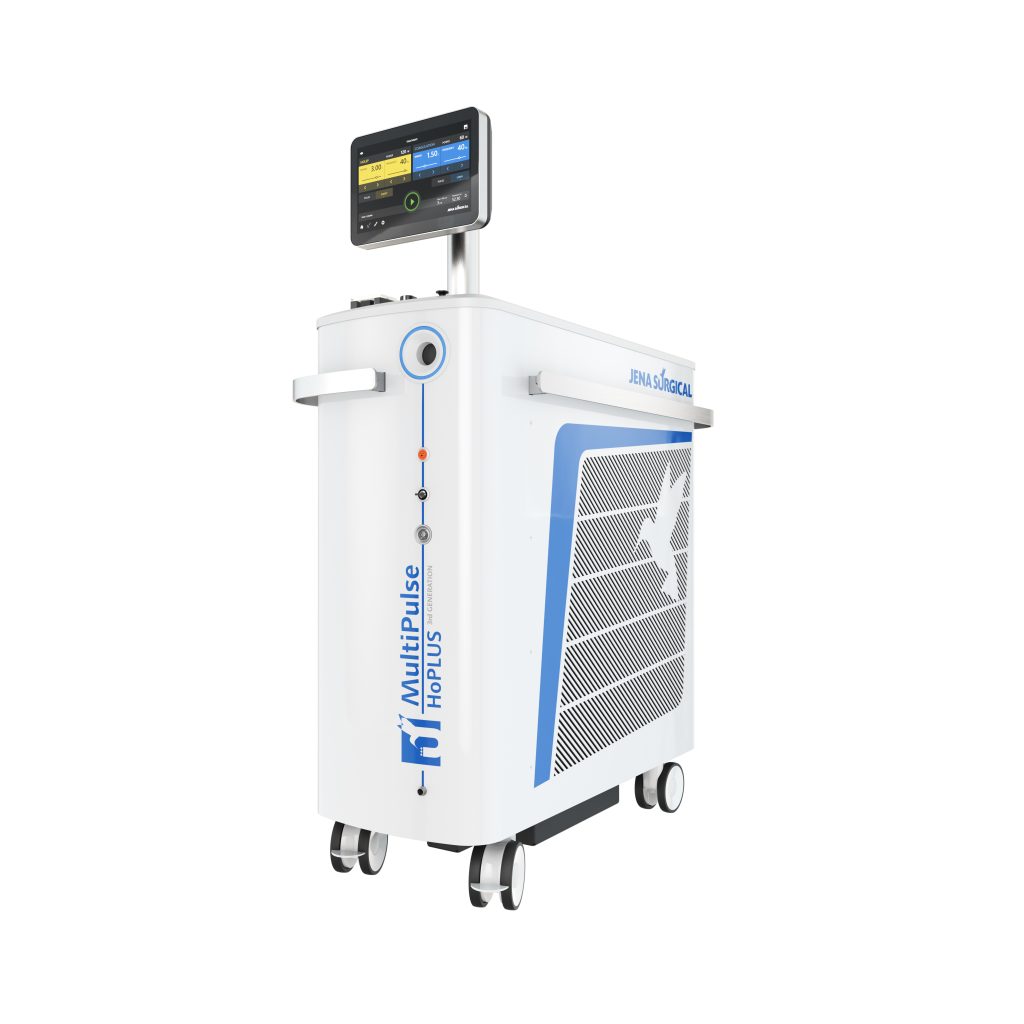Benign Prostatic Hyperplasia (BPH) is one of the most common urological conditions in men. It affects 50% of men over 40 years old, with this percentage increasing to 80% in men aged 60-80 years. The prostate, a small gland through which the urethra passes, enlarges over the years, making urine flow more difficult.
The size of the prostate progressively increases from the age of 25, while symptoms typically appear gradually at an older age. Symptoms of prostate hyperplasia may include frequent urination, nocturia, urgency, the feeling of incomplete emptying, weak and interrupted urination, and even urinary retention, bladder stones, urinary tract infections, and kidney failure in advanced cases. Although prostate hyperplasia is generally not life-threatening, it can significantly affect the quality of life.




